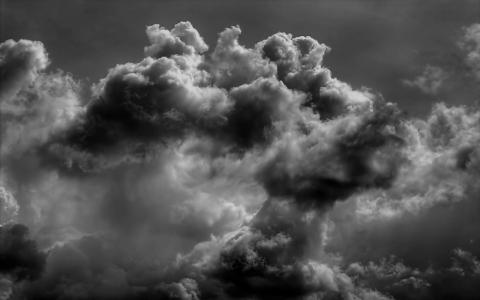
Impurities comprise impressions carried over from many lives, or natural temperaments — different tastes, wavering wants and infatuations, etc. Thus, the unconscious tastes and impressions from past lives are the impurities. Some of them are to be suppressed and purged. Others are to be experienced fully and then only can they be done away with. Purifying the sattva means eradicating the past impressions. This happens when they are indulged and...

There are three types of pleasure as well.
yat-tadagre viṣamiva pariṇāme’mṛtopamam ।
tat-sukhaṃ sāttvikaṃ proktam ātma-buddhi-prasādajam ॥
BG 18.37
Sāttvic sukha is that in which the mind rests and finds that its sorrows cease, that which appears distasteful in the beginning but then results in amṛta-like sweetness. It is due to the purity and pleasantry of oneself. This is the sukha experienced when the intellect completely understands...

Let us look at Śrī Rāmānujācārya’s commentary for the above sūtra. The interpretations of the three schools of Vedanta differ from one another only in parts where it is not possible to give proof to anyone. Where it is possible to provide proof, they have no objections.
śāsanācca śāstram । śāsanaṃ ca pravartanam । śāstrasya ca pravartakatvaṃ bodha-janana-dvāreṇa । acetanaṃ ca pradhānaṃ na bodhayituṃ śakyam ataḥ śāstrāṇām arthavattvaṃ bhoktuś-...
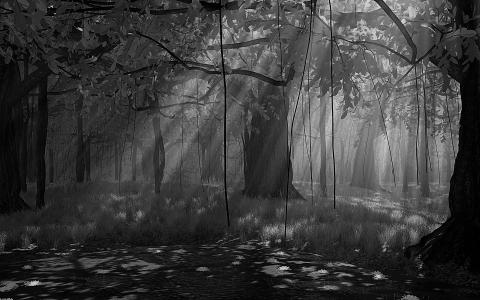
The summary is this. Daiva is hidden, a secret. It comes suddenly and unexpectedly, and cannot be grasped by the logic of causality. The word in Saṃskṛta is “ākasmika” — kasmāt means from where — “akasmāt” means that one doesn’t know from where it came. It is not possible to determine the causes and effects of such an occurrence. Since daiva is not directly perceptible, we forget it. The blow of despondency, if it hits us, becomes tolerable if...
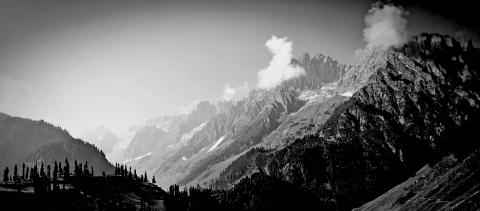
Since saṃsāris are thus different from saṃnyāsis, the interest and regard of saṃsāris towards karma is different from that of saṃnyāsis. However,the meaning that we derive from the above śloka from the point of view of saṃsāra is not conflicting with or incongruous with that derived from the point of view of saṃnyāsa. This new path will set a context for people in the present age and time.
Let us see the individual words of the above verse, one...

Managing the family is a vrata. Marriage is a dharmic ritual. The transactions with the world that is done for these are opportunities for performing dharma. Household chores that are performed with this feeling are akin to tapas. It can also be thought of as yajña. We have already seen that the Vedas extol the entire life and all the worldly transactions of a jñāni as a great yajña.
tasyaivaṃ viduṣo yajñasyātmā yajamānaḥ ।
Mahānārāyaṇa-...

A gṛhastha performs karmas out of desire — for the wellbeing of his wife and children and for the sake of his friends and relatives. Worldly life becomes possible only if householders have those desires. His dharma is to take care of his family. Therefore, he performs certain karmas to support his dharma. If he thinks that he is performing all the karmas as it’s dharma and not for his own pleasure and satiation, it is as good as tyāga. This...

Note
sapta-daśādhyāya-gaḻoḻ
Vistarisida dharma-tattva-gaḻan-īgaḻ saṃ- ।
kṣiptadi peḻvaṃ guru tan-
nāpta-sakha-vyāja-diṃde loka-hitārthaṃ ॥ 1 ॥
For the benefit of the world,
on the pretext of his friend
The Guru now briefly
Explains the principles of dharma
That he described in chapters seventeen.
karma-sumārcana-vidhiyaṃ
ḍharmada nija-para-hitārtha-saṃskāragaḻaṃ ॥
nirmaman-adhidharmateyaṃ ।
nirmalinada yajña-dāna-tapagaḻa...
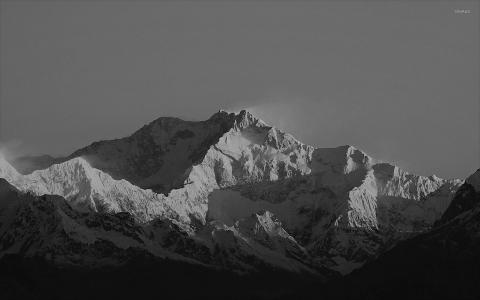
Let us now reflect a little upon its meaning.
1.Om
tasmādomityudāhṛtya yajñadānatapaḥkriyāḥ |
pravartante vidhānoktāḥ satatam brahmavādinām ||
BG 17.24
"The votaries of Brahma perform yajña, dāna and tapas after uttering Om".
We have discussed the meaning of Om in the eighth chapter under "Omityekākṣaraṃ Brahma." Om has three constituent units of a + u + m. When considered separately, they can be construed as representing either the...
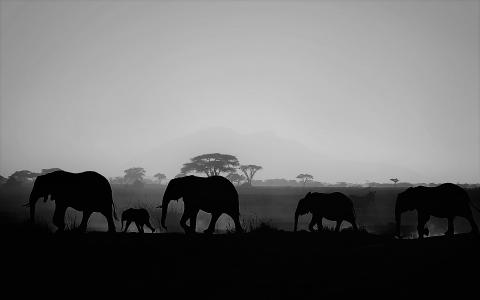
Arjuna now asks
ye śāstravidhimutsṛjya yajante śraddhāyānvitāh ।
teṣāṃ niṣṭhā tu kā kṛṣṇa sattvamāho rājastamah ॥
BG 17.1
Some people in the world possess śraddhā, but not in the rules of the śāstra but in something else imagined by themselves. What happens to them?
We often see such people around us. There are new gurus everyday teaching their newer meditative practices. The Svāmī with the perfumed beard, the svāmī who sat for eight days...
